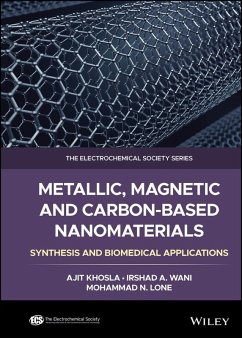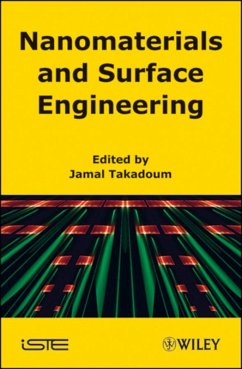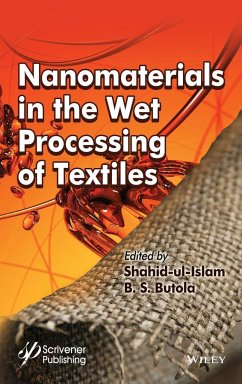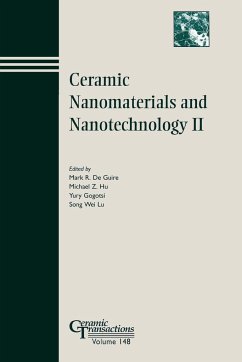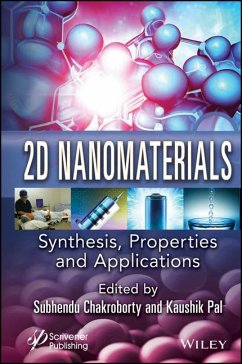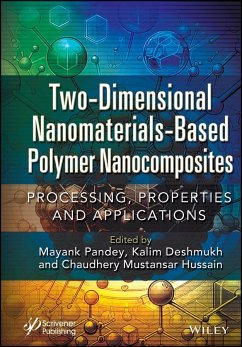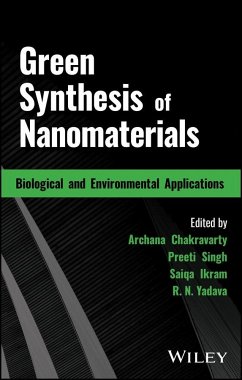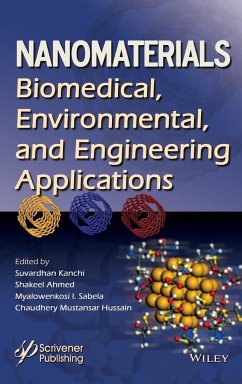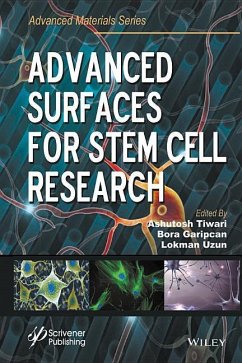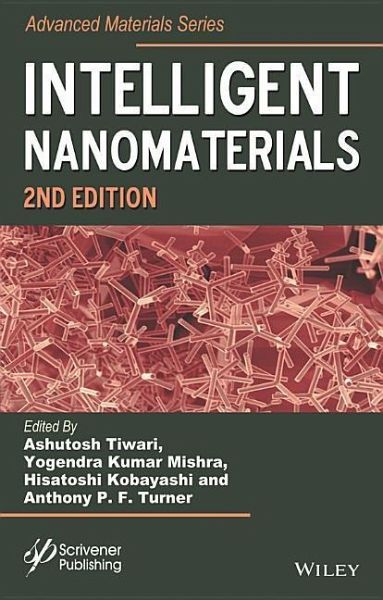
Intelligent Nanomaterials
Versandkostenfrei!
Versandfertig in über 4 Wochen
227,99 €
inkl. MwSt.
Weitere Ausgaben:

PAYBACK Punkte
114 °P sammeln!
"Nanoscale materials exhibit extraordinary physical and chemical features which play a very important role in their applications in advanced tech- nologies. Due to their technological relevance, these materials have been a major driving force in academia as well as industries for laying down the foundation of new smart products for the benefit of society. During the last couple of decades, significant progress has been made towards developing new types of nanomaterials by various methods, i.e., physical, chemical and biological, including unconventional strategies directly inspired by nature. ...
"Nanoscale materials exhibit extraordinary physical and chemical features which play a very important role in their applications in advanced tech- nologies. Due to their technological relevance, these materials have been a major driving force in academia as well as industries for laying down the foundation of new smart products for the benefit of society. During the last couple of decades, significant progress has been made towards developing new types of nanomaterials by various methods, i.e., physical, chemical and biological, including unconventional strategies directly inspired by nature. The functionality of these nanoscale structures increases when they are further functionalized with different atomic, molecular, and biological entities, etc., in the form of hybrids and composites. The intelligent mate- rials exhibit the capability of responding to the change generated by any signal--chemical, electrical, optical, etc.--as a consequence of any external defined stimuli. Functional nanoscale materials are best suited for the class of intelligent materials. A lot of progress has already been made over the last decades towards intelligent materials, and the emergence of specific material features engineered by exploiting their excellent nanoscale fea- tures has been witnessed."--




